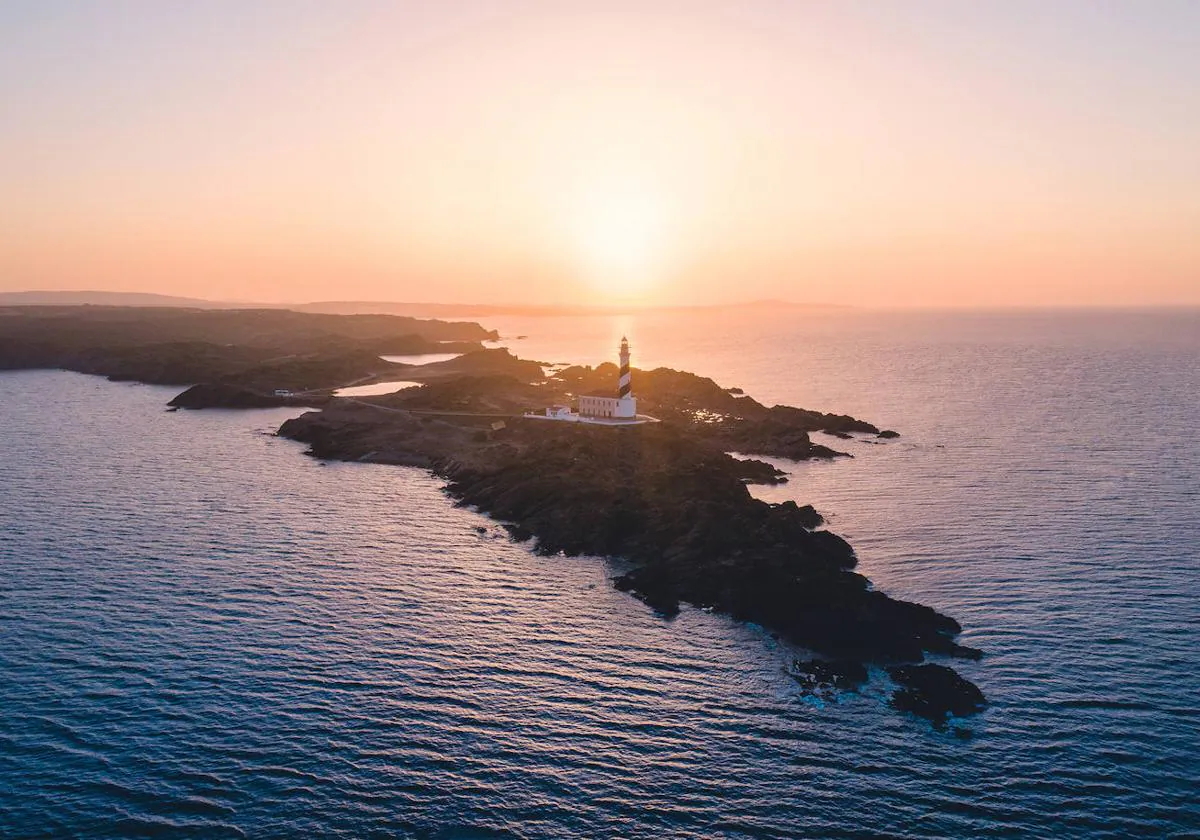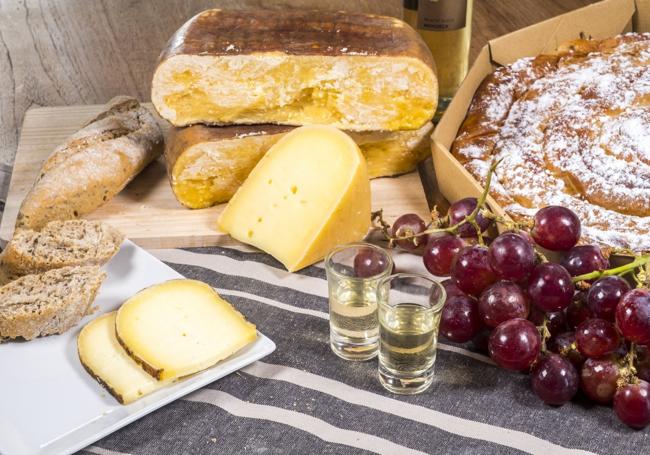

Sections
Highlight

Kino Verdú
Menorca
Friday, 25 August 2023
Declared a Biosphere Reserve by Unesco in 1993, (this year marks its 30th anniversary), Menorca boasts over a hundred beaches and coves, some more pristine and others less so. An island that belongs to the Balearic archipelago and a desired, coveted destination- much like the Mahón cheese, a culinary icon proudly promoted by this city.
Its natural port, the second largest in the world after the legendary American Pearl Harbor, creates an immense body of water that makes its way between rocky walls and culminates in a lively street dotted with bars, shops and restaurants. In the centre of this inlet, the Islote del Rey (King's Isle) sits, near where the Sa Plaça viewpoint rises up from the harbour (one of the best views to be had in the city).
With the salty aroma of the sea air on the skin and the incessant sea breeze jiggling the rigging against boat masts, one pulls up to the historic city centre, full of buildings that reflect the legacy of the people who have left their mark on the island (Phoenicians, Romans, Byzantines, Muslims...), the church of Nostra Senyora del Carme, the medieval vestiges of the Portal de Sant Roc (an ancient city gate) or the Teatre Principal de Maó (the oldest opera house in Spain).

About eight kilometres away stands La Mola Fortress (an essential visit) and, to the north, stretches the Natural Park of s'Albufera des Grau, covering five reserves: the islands (and marshlands) of Addaia, Bassa de Morella (a lake), Es Prat (wetlands and coastal reserve), Isla d'en Colom (an offshore island) and s'Estany (a beauty spot with natural coves).
We can return, ravenous, to the heart of Mahón to buy food in the Mercat des Peix (fish market) or the Claustre, with their stalls selling tapas, snacks, wines, cheeses (of course) and other Menorcan products. Digestion is helped with a shot of its famous Gin Xoriger, the oldest gin produced in Spain (introduced by the British in the 18th century)..
In Ciutadella, the best thing to do is just wander along its cobbled streets as they will take you on a tour of the main sights anyway: the main square Plaza des Born, giving access to the old quarter, with its town hall and the palaces of Salort and Torressaura; the Santa María cathedral; Ses Voltes shopping street and its porticoed arches; Plaza Nova, the baroque Can Saura (museum) and Roser church.
Last year, the island was declared the European Region of Gastronomy 2022 by the International Institute of Gastronomy, Culture, Arts, and Tourism, an award that recognises the cultural values of gastronomy as a value in itself and a stimulus to empower the local community and promote sustainable tourism. In this context, its collection of local recipes is laid-back (much like the island itself), aligned with local products, naturally inspired by the sea, and without neglecting its meats, such as those from the native ‘vaca vermella’ cattle, black pigs, and its long-standing tradition of various cured meats.
If we are on the hunt for good food, of which there is plenty on offer in this city, we could go to the 'Racó Des Palau Comellas Cardona' where we can satisfy our hunger eating organic beef and fish from the griddle. Later in the afternoon, for an aperitif (and to restock the pantry), a trip to the food market in Plaza des Peix, where the stalls and bars set out their delightful offerings like some gargantuan banquet. For dessert, to the pastry chefs at 'Forn Curniola', established way back in 1900, and where handmade buns, pastries and tarts from the region are waiting for you.
At the heart of the island is the small town of Es Mercadal, crowned by the hill of Monte Toro, some 358m in height, providing splendid 360-degree panoramic views.
To the north we come to the village of Fornells, with its charming fishing harbour and a deep, wide bay ideal for practising water sports: kayaking, sailing and scuba diving. There is also a defence tower, which claims to be the best preserved on the island, and the interior hosts a museum from which you can access a viewpoint.
For the next food experience you can't go wrong with lobster stew and finish the meal off with 'carquinyols' (Menorca's soft, almond biscuits). A siesta and then onto the inland town of Ferreries, its boundary reaches the Mediterranean. In fact, some of the best, and least known, beaches and coves on the island nestle in its territory, such as Mitjana, or Galdana with its white cliffs. Also part of Ferreries' valuable, natural heritage is the countryside, the monuments and hiking trails such as the Camí Reial, the Barranc d'Algendar and Santa Águeda castle.
Alaior has steep streets that lead up to the highest point in the town, where the church of Santa Eulalia stands and where there is always some place open nearby to sample local snails with garlic potato purée.
We can then head towards Es Castell, which, among its heritage attractions, are included the Castell de Sant Felip (16th century castle) and the Military Museum of Menorca .
There are so many different ways to make the most out of Menorca, but perhaps the most magical one would be to 'fly over' all its Talayotic sites (prehistoric stone monuments, burial sites and defence towers), of which more than 1,600 are listed throughout these lands.
Noticia Patrocinada
Publicidad
Rocío Mendoza | Madrid y Lidia Carvajal
Encarni Hinojosa | Málaga
Esta funcionalidad es exclusiva para registrados.
Reporta un error en esta noticia

Debido a un error no hemos podido dar de alta tu suscripción.
Por favor, ponte en contacto con Atención al Cliente.

¡Bienvenido a SURINENGLISH!

Tu suscripción con Google se ha realizado correctamente, pero ya tenías otra suscripción activa en SURINENGLISH.
Déjanos tus datos y nos pondremos en contacto contigo para analizar tu caso

¡Tu suscripción con Google se ha realizado correctamente!
La compra se ha asociado al siguiente email
Comentar es una ventaja exclusiva para registrados
¿Ya eres registrado?
Inicia sesiónNecesitas ser suscriptor para poder votar.